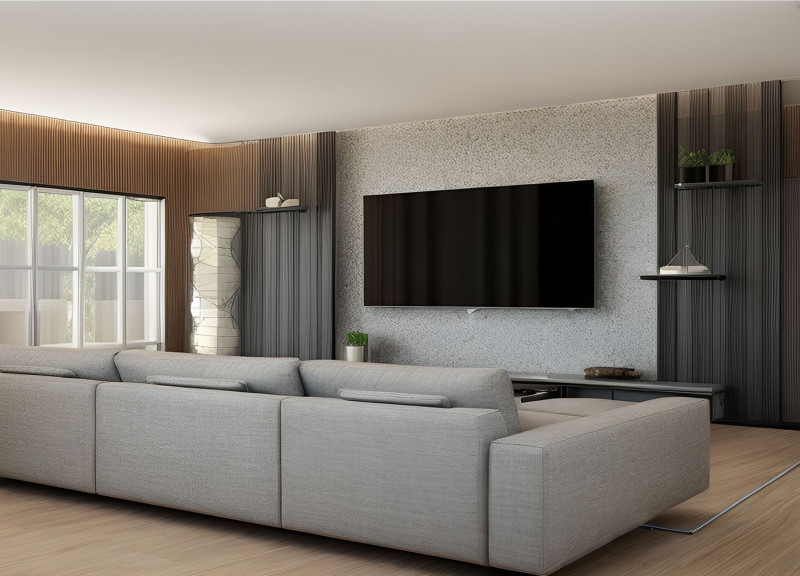5 key facts about this project
At its core, the building functions as a multifaceted space conducive to [insert specific functions, such as community gatherings, educational purposes, or commercial activities]. The design optimally accommodates these uses, showcasing versatility through adaptable spaces that encourage interaction and engagement among users. Thoughtfully considered layouts facilitate seamless circulation, ensuring that each area flows intuitively into the next.
The architectural language is defined by a harmonious combination of materials that reinforce the project’s identity and purpose. Concrete provides a robust foundation and structural integrity, while warm wooden accents contribute a sense of humanity and comfort. Large expanses of glass connect internal spaces to the external environment, inviting natural light to permeate the interiors and offering views that enhance the user experience. The integration of these materials reflects a deliberate choice to balance durability with aesthetic appeal, making a subtle statement about sustainability and modern living.
Key design elements include an open-plan layout that encourages flexibility and change. This spatial arrangement allows the building to cater to various events and gatherings, making it an inviting hub for community interaction. Additionally, designated areas designed for quieter activities are seamlessly integrated, offering respite and reflection away from the bustle of communal spaces. Unique architectural features, such as [insert specific design elements, e.g., cantilevered decks, green roofs, or interactive façades], further enhance the building’s character, showcasing innovative design approaches that foster a sense of place.
Incorporating sustainable practices, the project emphasizes energy efficiency through features such as solar panels and rainwater harvesting systems. These elements not only reduce the building’s ecological footprint but also encourage occupants to engage with and appreciate environmentally responsible living. The design promotes awareness and education around sustainability, embodying a forward-thinking ethos that resonates with contemporary architectural trends.
The relationship of the building to its context is a hallmark of this project. Thoughtful alignment with the site’s topography and existing infrastructure enhances its accessibility and visibility within the community. Landscape design further complements architectural features, with green spaces that provide opportunities for outdoor activities and peaceful retreats. This integration reflects an understanding of the area’s cultural and environmental landscape while promoting a sense of belonging among users.
Through its engaging design, this project presents a unique opportunity to explore the interplay of architecture, function, and community. The nuanced approach to materials, spatial organization, and contextual responsiveness illustrates how carefully conceived architectural ideas can lead to meaningful outcomes. Those interested in a deeper exploration of the project, including architectural plans, sections, and various design iterations, are encouraged to review the project's presentation for comprehensive insights into these architectural solutions. Discover how this design encapsulates modern ideals while fostering community connections and sustainability.

























